THE URAL LINE 2021 – A HYMN FOR PEACE
/ Yeltsin Center, Yekaterinburg, Russia
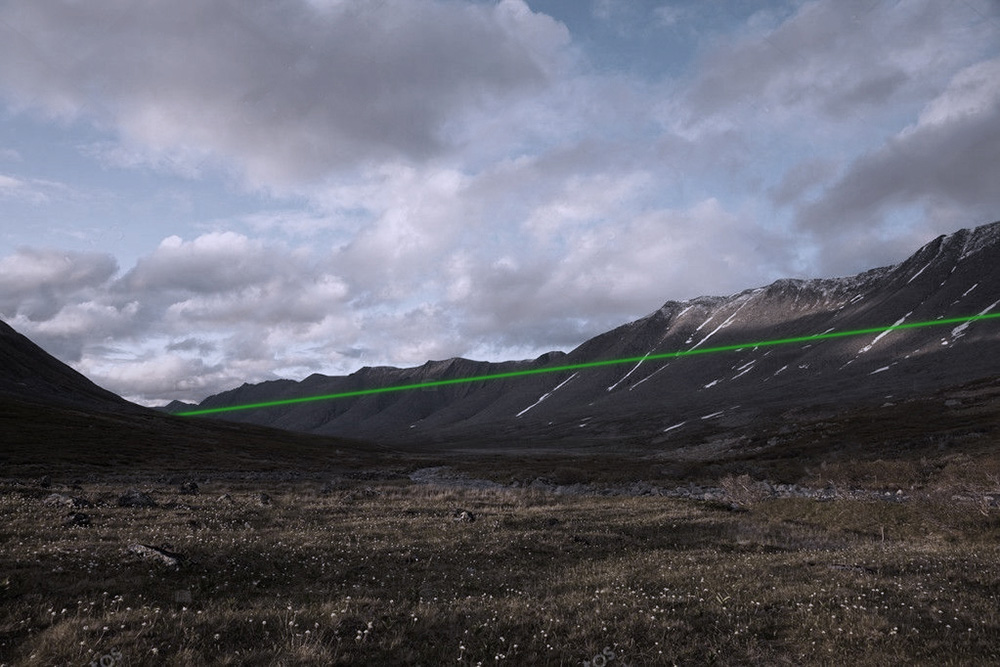
Sketching: Jakob Brask.
‘The Ural Line 2021 – a hymn for peace’ is a line of light placed in the Ural Mountains, the world’s longest mountain range. The line lies in an airspace that is almost closed between east and west and at a time when the covid-19 has reminded us that we are one world – so the greeting of peace is still highly topical.
Peace Sculpture 1995 was created at a time when east and west met in a new way after the fall of the Berlin Wall in 1989 and the fall of the Soviet Union in 1991.
Back then
the statement was:
”Peace is not a national matter, but a global need”.
Today
the statement is:
”Peace is now not only a global matter, but a universal cosmic need”
Work
A line of light floating in the Ural Mountains.
Collaboration / Funding
Ilya Shipilovskikh Yeltsin Centre, Yekaterinburg, Rusland
Prigov Foundation – Catja Gaebel & Curator Andrey Prigov
Krings-Ernst Galerie, Cologne
Danish Cultural Institute, St. Petersburg
Embassy of Denmark in Russia
Danish Arts Foundation
Soundscape and voice Natalia Pschenitschnikova
Reading the Alphabet no. 67 by Dmitri Prigov, written 1991
Roma Plotnikov, Oleg Lutohin, Nikita Perfilev, Yulya Chertikhina
Marina Sokolovskaya, Olga Zvereva, Vlada Pozdniakova
Aleksej Kukarin, Marina Miritskevich, Vyacheslav Shchipunov
Aleksandr Kostarev, Darya Kungurova, Olga Komleva, Ilya Smirnov
Elena Volodarskaya, Aleksandr Korobeynikov, Dat Chan, Aleksandr Bakin, Denis Korneevsky
Producer Ilya Shipilovskikh
Assistant Producer Roman Plotnikov
Special thanks to Natalia Shipilova
Video Shooting Sasha, art.getman
Drone filming Aleksandr Zhujkov
Production Company GotFat Productions, Århus
Driver Georgy Boltaev
Audio Recording Sergey Filipov
Laser Crew
Pavel Vasilev (ВоZдух Project) & Evgenij Malevich
Editor Alexander Lind
VFX / Motion Graphics Søren Nowakowski
Colorist Jian Zhi Zhang
Sound Editor
Torsten Ottersberg Studio GOGH smp, Berlin
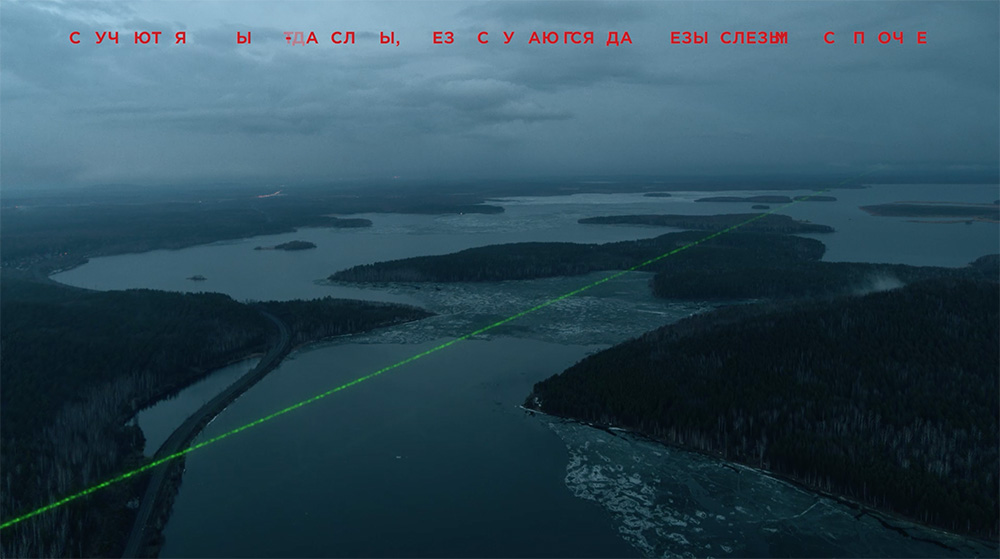
Drone footage of The Ural Line 2021.
Video: Aleksandr Zhujkov.
The Ural Line 2021 is a light line in the Ural Mountains,
between Europe and Asia, between east and west,
between past and present.
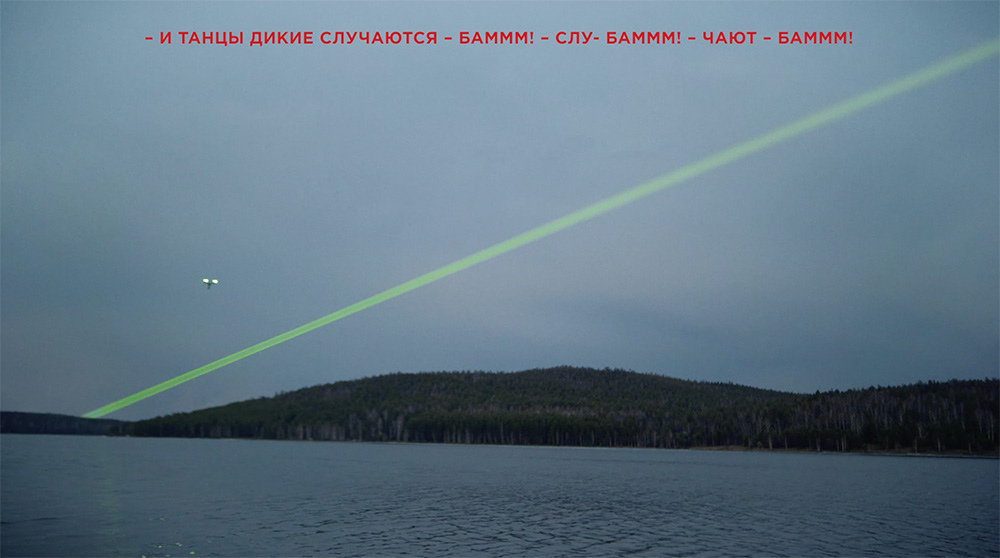
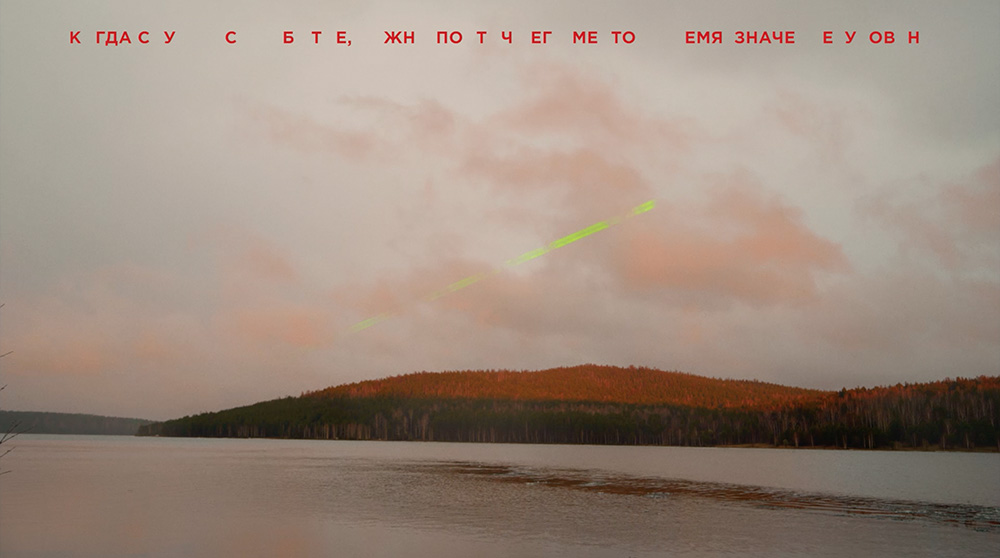
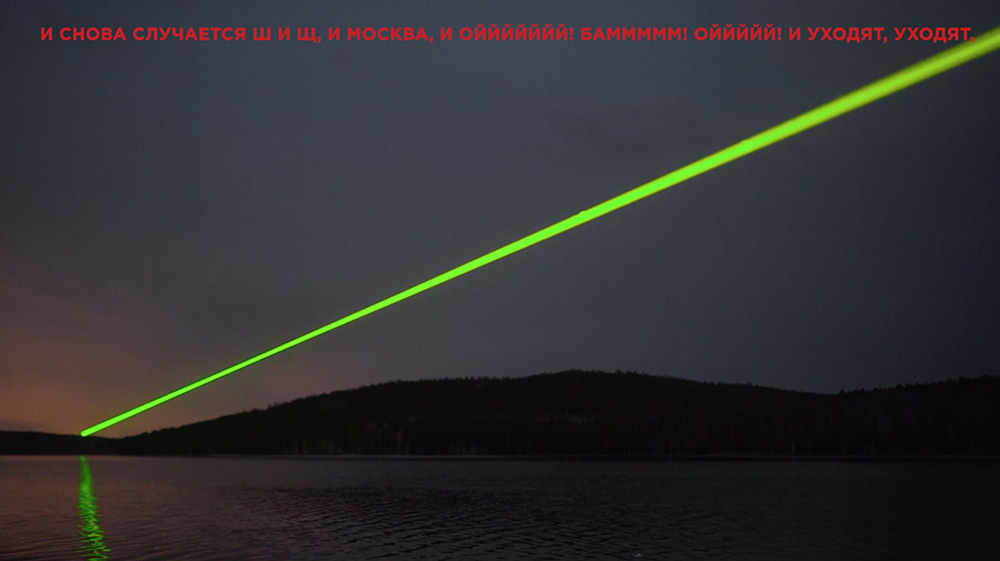
Stills from the film
‘The Ural Line 2021 – A Hymn For Peace’
Video Shooting: Sasha, art.getman
Both “The Peace Sculpture 1995” and “The Ural Line 2021” are hymns of peace – rooted in the landscape and its history. This time accompanied by 20 voices reading Prigov’s “Alphabet No. 67” from 1991, composed by Natalia Pschenitschnikova.
Exhibition at the Yeltsin Center
The video artwork is shown on the facade of the Yeltsin Center in the evening, and during the day as a projection in the center’s gallery, in the group exhibition Dalekie Planety DAPa. The exhibition presents Russian and international artists’ artistic relations to Prigov. Ejdrup-Hansen’s relationship to Prigov lies in the memory and processing of “The Peace Sculpture 1995”.
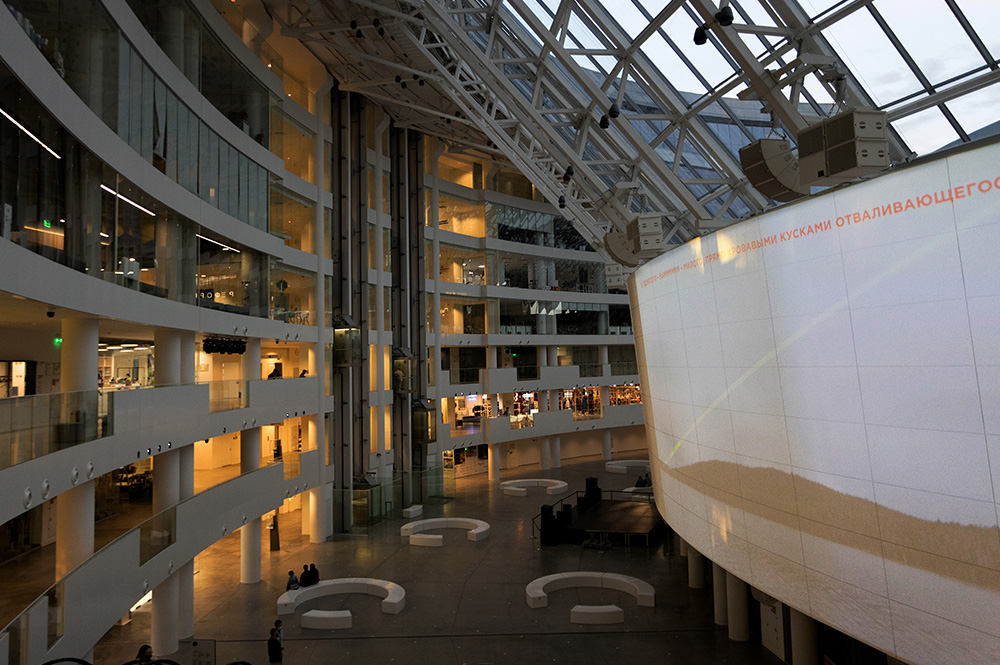
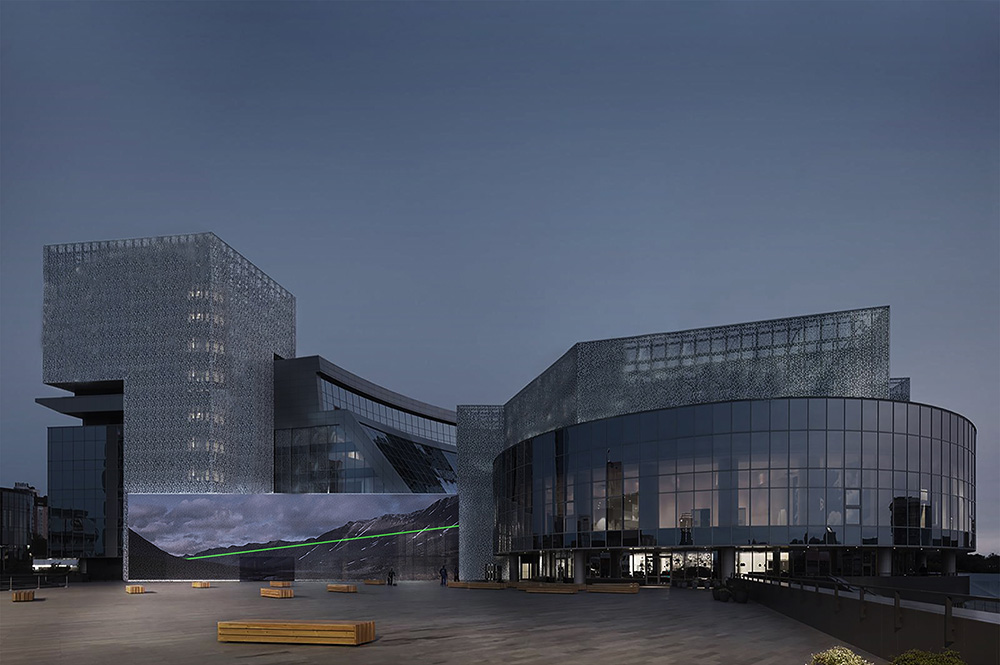
Sketching: Jakob Brask.
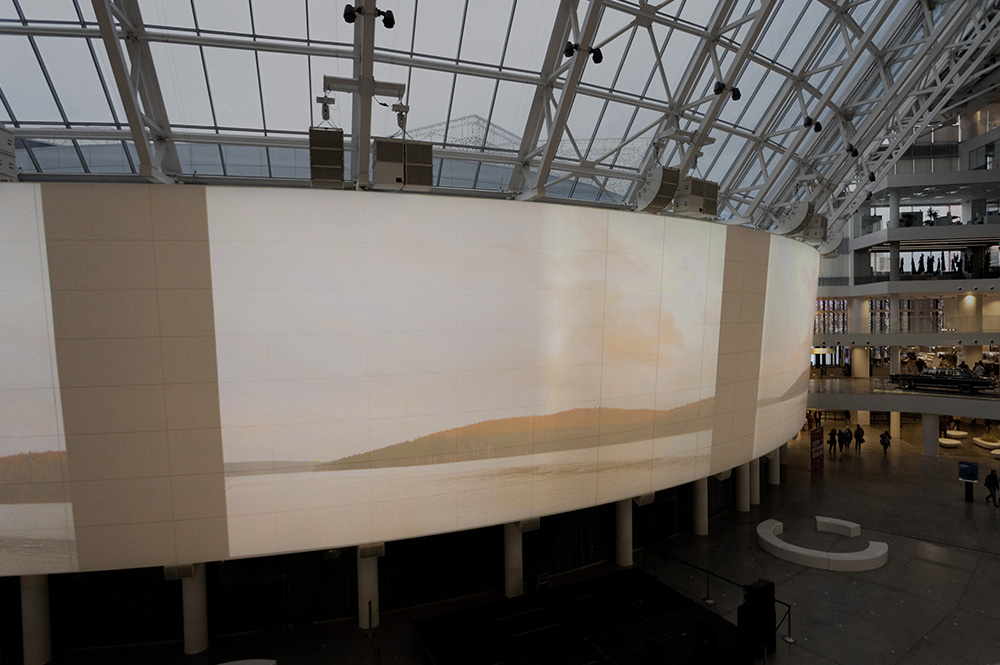
Back story
In 1995 at the presentation of my project “The Peace Sculpture 1995”, which brought together 25 international artists including Dmitry Prigov, I said that peace is not a national matter but a global need.
More than 25 years later, this idea, which reflected the spirit of the original project, is ready to take on a more universal – even cosmic – dimension allowing to reach that distant unknown planet, which is now Prigov’s abode.
I can imagine Prigov looking up to the sky full of unfamiliar constellations, seeing the laser beam reaching him from Earth, smiling and whispering the words “peace is now not a global matter, but a universal, cosmic need.”
Apart from being an artist Prigov was a prolific poet, who wrote more than 33000 poems. He could have gone on and on. Endless. One of the key features of “The Peace Sculpture 1995” was The Line – The Light a 534 km-long laser line that somehow brings me close to Prigov’s endeavour to cover long distances by his artistic and literary work. In this respect both of us have been fascinated by the idea and nature of the finite and the infinite. Each of us in his and her own way have been busy working with the large scale. The result of this work has been expressed in monumental works that stretch out beyond a single artistic work, a single centimeter of light, a single word, a single poem reaching out into the galaxy, becoming an integral part of one enormous, cosmic entity. We met then, and we meet now again.
The Ural Line can be seen as a shining manifestation of that artistic meeting and our conversation. The laser beam is a symbol of the resuscitation and reactivation of that dialogue between two artists and artistic practices conducted across time and space.
The Ural Line crossing the plains.
Mouse-over to see how the line seems to intensify during the night time.
Sketching: Jakob Brask.
This line of light performs the function of a thoroughfare connecting Prigov’s planet to the planet Earth. There is also a message travelling with the laser beam – it is Prigov’s “Alphabet No. 67” recited by many voices. This line of letters stretching along the line of light is just a microscopic splinter of the infinite stream of 33.000 poems that Prigov composed during his sojourn on our planet. And there is an endless flow of verses that will be sent along the beam line from Prigov’s planet.
“Alphabet No. 67”, interpreted by the composer Natalia Pshenichnikova, will be sent out into space. The same infinity principle is also applicable here, but in another dimension. Each single verse, each single word, accommodates a limitless space of interpretations that can be activated in endless ways at different locations at different times by different people, as the laser line will always assume new meanings depending on when and where it appears.
This artistic encounter takes on a new dimension because Prigov now lives only on his planet. That is why this conversation is conducted across time and space, and through our ongoing meeting both works – “The Peace Sculpture” from 1995 and “Alphabet No. 67” from 1991 – are brought into here and now, and then projected into the future. These new contexts inject the works with new meanings. The past engraved in the present is pointing into the future—eternity—infinity—the Universe.
“The Ural Line 2021” is a hymn to peace. It is a hymn I am sending to Prigov from the Ural Mountains on the 30th anniversary of the fall of the Soviet Union in 1991.
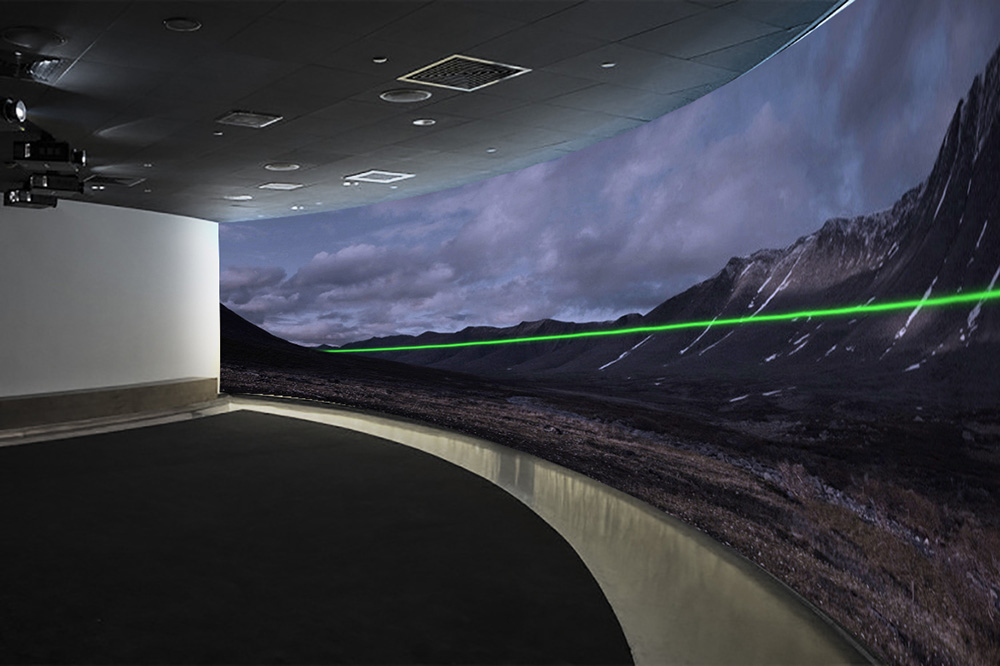
Sketching: Jakob Brask.